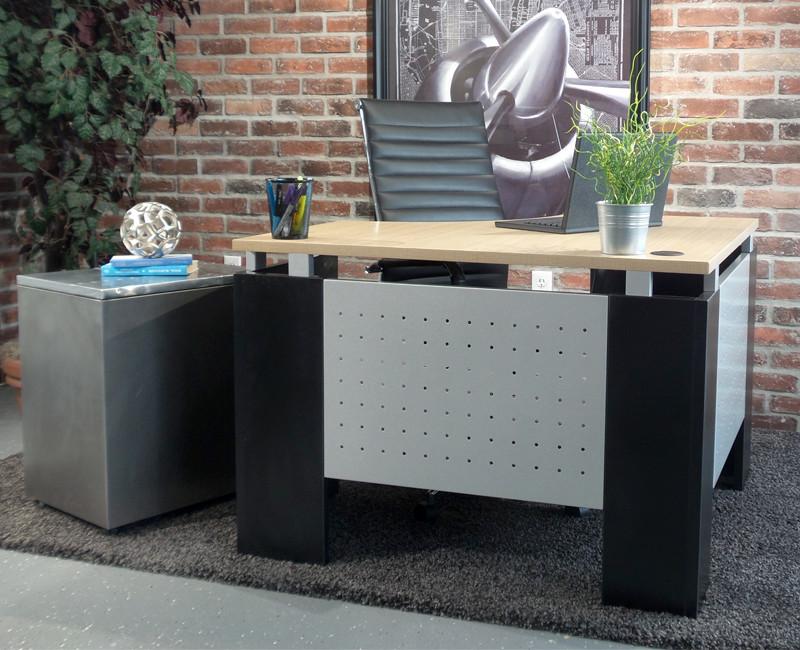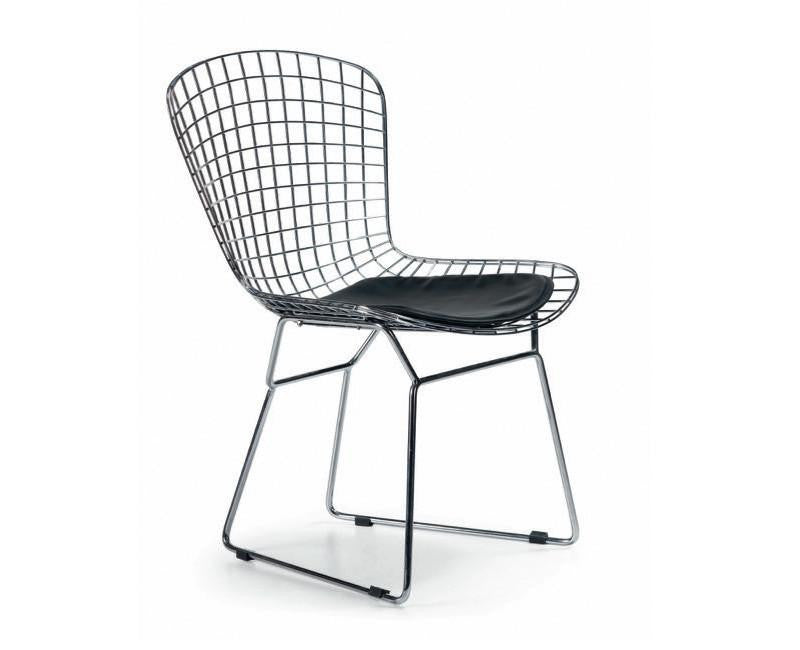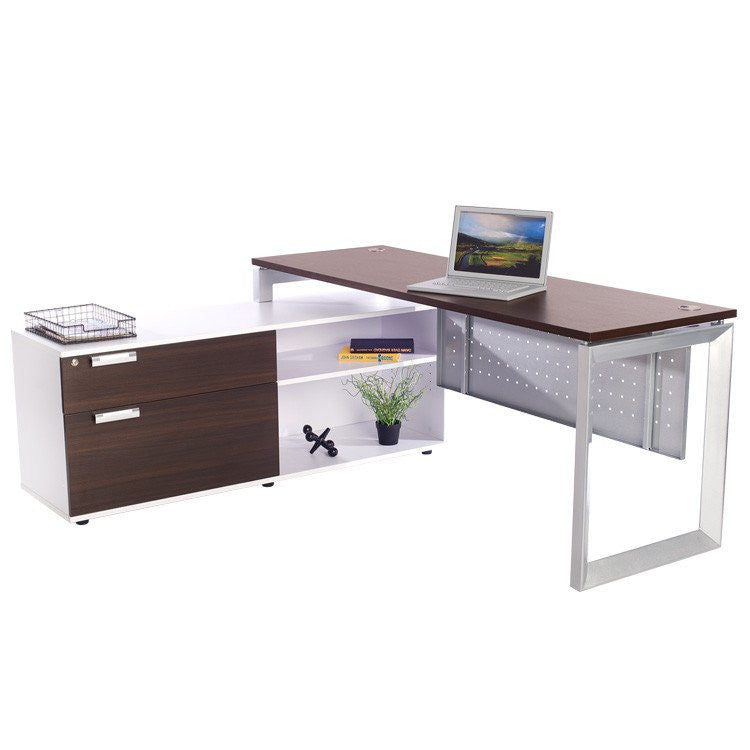Office design has a major impact on productivity, culture, and even client impressions. Among the most important decisions business owners and managers face is selecting the right cubicle system. The right setup balances privacy and collaboration, creates an efficient flow, and reflects your company’s brand personality. With so many styles and configurations available, how do you know which cubicles are best for your space?
This guide explores the types of cubicles available, what factors to consider, and how to design a workplace that supports both your people and your goals.
Types of Office Cubicles
Before choosing, it helps to understand the common cubicle types you’ll encounter:
Low-Wall Cubicles
These are usually about 42–48 inches high, creating a semi-open environment. Employees enjoy more natural light and easier communication, but with enough separation to maintain individual focus.
High-Wall Cubicles
At 65 inches or higher, these create more enclosed workstations. They provide strong visual and acoustic privacy, making them ideal for roles that require concentration or confidentiality, such as finance or HR.
Modular Cubicles
These systems offer the best of both worlds. They can be reconfigured into low-wall or high-wall styles, rearranged to fit different team sizes, and customized with accessories like shelving, glass panels, or ergonomic add-ons.
Factors to Consider When Choosing Cubicles
The perfect cubicle isn’t one-size-fits-all. You’ll want to weigh several factors before making your choice.
Office Size and Layout
If you’re working with a smaller space, low-wall or modular cubicles can create a sense of openness while maximizing the footprint. Larger offices can accommodate higher walls and more segmented areas without feeling cramped.
Noise Level and Workstyle
For fast-paced, collaborative teams, low-wall cubicles foster quick communication and accessibility. But if your employees need quiet to handle calls, analyze data, or focus on complex projects, high-wall cubicles are a better fit.
Collaboration Needs
How often do employees work together versus independently? A marketing team, for example, might thrive in an open, modular cubicle design, while a legal team benefits from higher walls and more private zones.
Brand Aesthetics
Your cubicles should align with your brand image. A creative agency may prefer sleek, modern modular setups with bold colors, while an industrial setting may lean toward functional, heavy-duty options like Urban 9-5 cubicles that match raw, minimalist design themes.
Layout and Productivity
Cubicle configuration plays a big role in workflow. Consider these common layouts:
Clustered Pods: Grouping desks in fours or sixes encourages teamwork and makes supervision easier.
Rows or Grids: Ideal for larger call centers or administrative functions where uniformity and efficiency matter.
Hybrid Layouts: A combination of high-wall cubicles for privacy and low-wall sections for collaboration provides balance in mixed-function offices.
An efficient layout not only improves communication but also reduces wasted time, keeps walkways clear, and supports workplace safety.
Open vs. Enclosed Cubicles
Every business wrestles with the decision between open and enclosed office setups. Each comes with its own strengths and challenges:
Open Cubicles
Pros: Promotes collaboration, more natural light, cost-effective use of space.
Cons: Higher noise levels, fewer privacy options, potential distractions.
Enclosed Cubicles
Pros: Better privacy, less noise, more professional appearance for client-facing staff.
Cons: Less spontaneous collaboration, can feel isolating if not well-designed.
Many companies now use a hybrid approach, blending both styles to accommodate different departments and roles.
Long-Term Flexibility
One of the most important considerations is how your cubicles will serve your business over time. Growth, restructuring, or even a shift in work culture can change your office needs.
That’s why modular and reconfigurable cubicle systems are so valuable. They can be resized, rearranged, or upgraded with new panels and accessories as your company evolves. This saves money in the long run and ensures your office design can keep up with future demands.
Finding the Right Fit
Investing in the right cubicles is about more than just filling space—it’s about creating an environment where people can do their best work. From boosting morale to improving workflow efficiency, cubicle design has a ripple effect across your business operations.
If you’re exploring options, office cubicles for business at Online Office Furniture provide durable, stylish, and affordable solutions. With modular designs, a variety of finishes, and flexible configurations, our cubicle systems make it easy to create a workspace that matches your goals today—and adapts to tomorrow.
Final Thoughts
Choosing cubicles is an investment in productivity, culture, and brand identity. By weighing your office size, collaboration needs, noise levels, and long-term flexibility, you can make a choice that benefits your business for years to come. Whether you’re leaning toward open layouts, enclosed walls, or a hybrid design, the right cubicles will transform your office into a space that works smarter—not harder.
At Online Office Furniture, we’re here to help businesses find cubicle systems that are functional, affordable, and built to last—because the best office design is one that supports your team and grows with you.




















